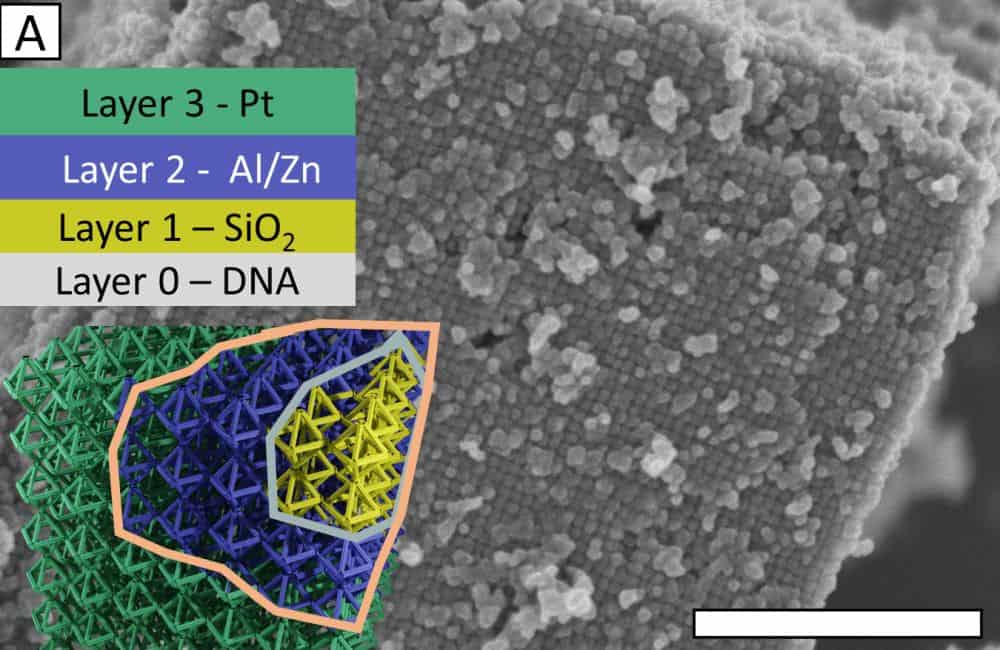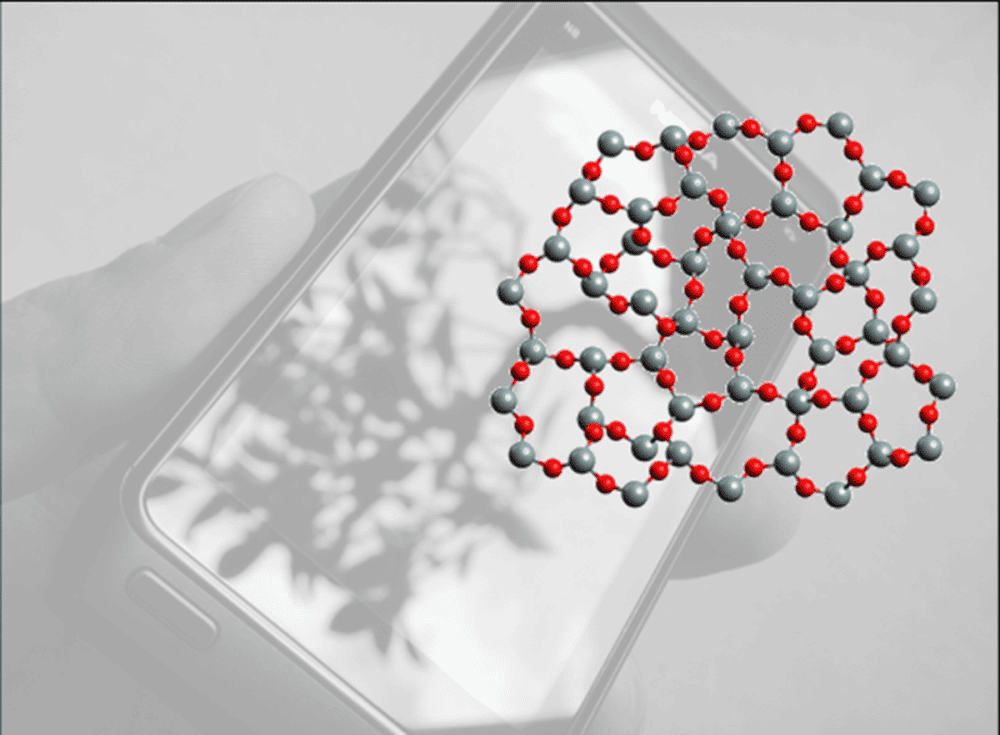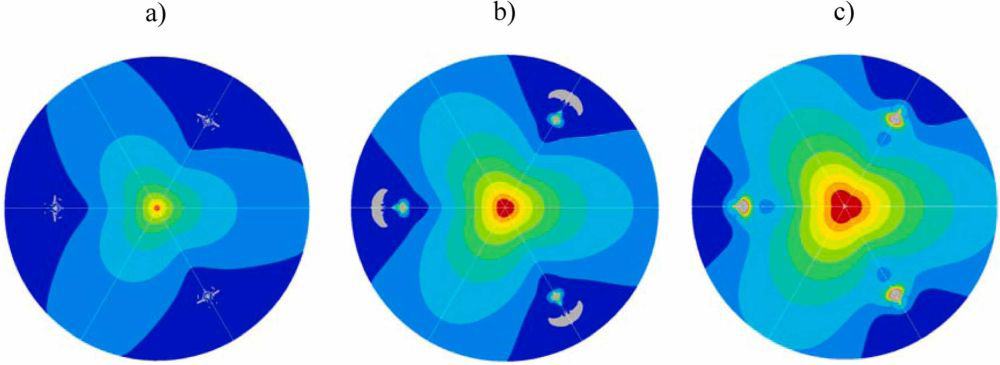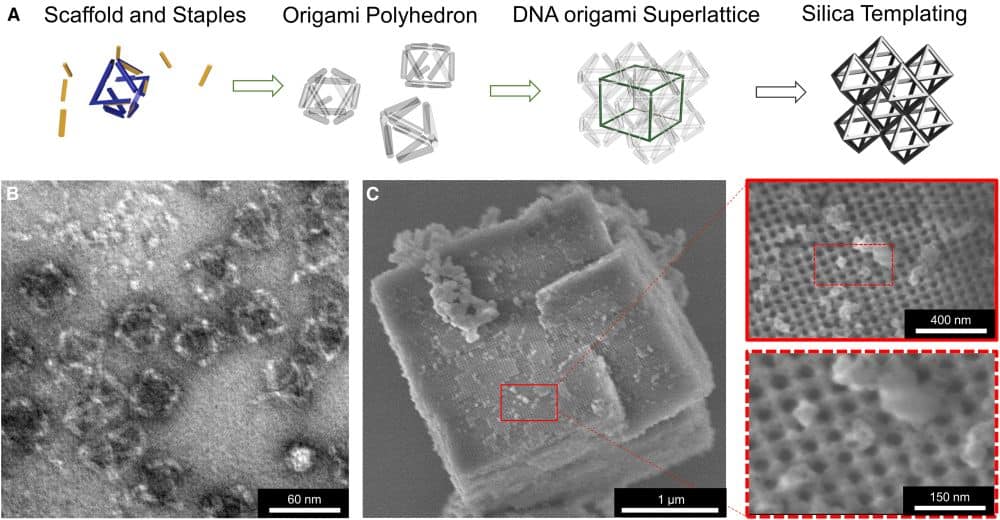In July 2023, researchers announced the creation of high-strength, lightweight glass nanolattices by coating DNA origami scaffolds with silica. Their new open-access paper, published in January 2024, describes the functionalization of these glass-coated scaffolds by infiltrating the nanolattice with metal and metal oxide particles.
Read MoreFragility is a key glass property that helps manufacturers optimize processing parameters during glass fabrication. Measuring fragility, though, is a labor-intensive and time-consuming process. Identifying structural parameters that correlate with fragility could make predicting this property easier, and a new study led by Corning researchers reveals a correlation with the medium-range atomic ring structure.
Read MoreThe eggs of brood parasitic birds have evolved in response to host bird defense strategies. An international group of researchers used imaging techniques and conceptual frameworks from the field of grain boundary engineering to understand how structural features affect eggshell strength.
Read MoreUntil now, values for the effective volume and effective surface of ball-on-three-balls test samples were only available for a small range of geometries and materials. But a new open-access paper, courtesy of researchers from the University of Leoben in Austria, provides tabulated data for a wide range of sample geometries and materials.
Read MoreThe arrangement and movement of electrons within a ceramic material has the potential to greatly influence its resistance to brittle fracture. Researchers at the University of California, San Diego and Linköping University published an open-access paper demonstrating the effect that electronic structure has on plastic deformation in high-entropy carbides.
Read MoreHexagonal boron nitride has recently emerged as a potential material for hosting qubits, the basic unit of quantum information, on a smaller scale than diamonds, the traditional go-to material for quantum systems. Now, researchers at the University of Technology Sydney in Australia described a way to stabilize charge states in hexagonal boron nitride.
Read MoreIn recent decades, researchers have explored using deoxyribonucleic acid (DNA) as a scaffold for programmable nanostructures. Now, researchers at Columbia University, the University of Connecticut, and Brookhaven National Laboratory collaborated to show that glass-coated DNA scaffolds have potential as lightweight and high-strength materials.
Read MoreMaterials scientists often use grain size as the determining variable when correlating a ceramic’s structure with its properties. But the morphology and orientation of the grains can also significantly affect a material’s properties. Researchers in China developed a framework that can correlate a material’s structural hierarchy with its properties, and their latest paper explores the potential of linking this framework to Vickers hardness.
Read MoreGrowing carbon nanotubes on metal foils rather than traditional silicon or quartz substrates would allow the process to be easily integrated into large-scale manufacturing processes. But metal foils present other challenges, such as reactivity at high temperatures. Lawrence Livermore National Laboratory researchers published a review paper summarizing efforts to overcome these challenges.
Read More









